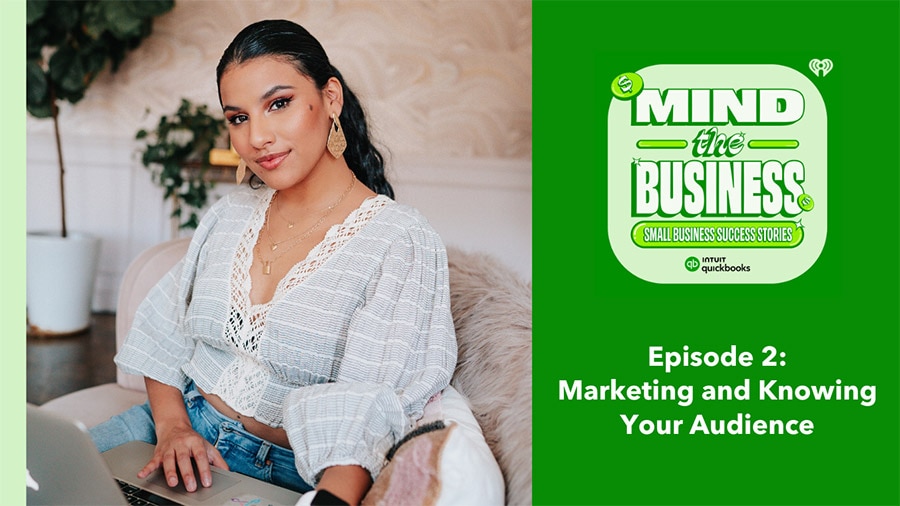Creating common ground with your customers
Today's consumers don't just want to buy from your brand; they want to be part of the experience your brand offers. There's a level of emotional investment in the places they shop that goes beyond the product or service. With this in mind, crafting a small business story that includes the customer is more important than ever.
Steve Parker Jr., co-founder of digital marketing and analytics firm Levelwing, suggests reflecting on your sales patterns, social media interactions, and informal conversations to determine how you can reach your customers. Identify which of their needs aren’t being met and use elements of your story to explain how your business helps to fulfill them.
How you write your origin story is just as important as the story itself. Analyze your word choice and sentence construction. Do your words paint a picture, and are your sentences descriptive yet concise? The goal is to inspire your customers and prompt them to reflect on their own struggles, problems, and desires.
Injecting your unique brand personality
Brand building is all about personality. Using a consistent and distinctive tone, voice, and image (logo, signage, and other visual elements) will help you build a unique brand personality. Strategic storytelling and personality can help you invoke emotion and shape a lasting and memorable image.
Let’s say you’re a do-it-yourself hardware store owner who learned everything you know from your grandmother. Your story, signage, and retail space might convey this by communicating the “old-fashioned” qualities of understanding, support, and guidance.
For example, you might feature a “most useful skills Grandma taught me” series on your website and social media accounts that tells a new story each week.
In-store signage might feature a design motif that’s reminiscent of yesteryear. And your customer service might include online chat or phone guidance for struggling DIYers that offers the same type of support Grandma provided you when you were a newbie.
Consistency is key. If you are presenting a charming, old-timey vibe, suddenly introducing modern-style graphics or switching to an underdog story can muddle your brand personality and damage the relationships you’ve already built.












 A good origin story can drive empathy for you as a founder and the goal you are pursuing. Don’t be afraid to express negative emotions like anger and sadness, as these can go a long way in making your story relatable.
A good origin story can drive empathy for you as a founder and the goal you are pursuing. Don’t be afraid to express negative emotions like anger and sadness, as these can go a long way in making your story relatable.





